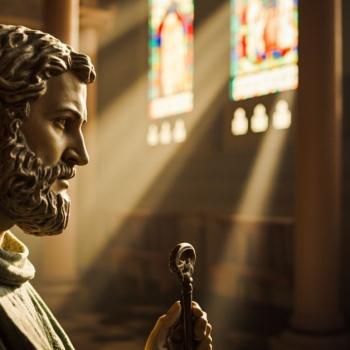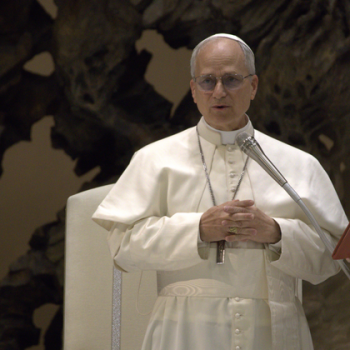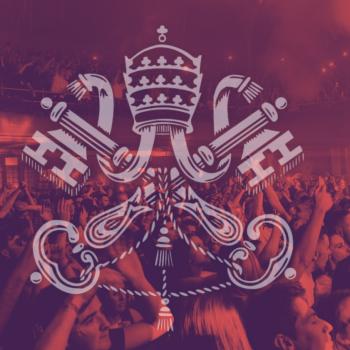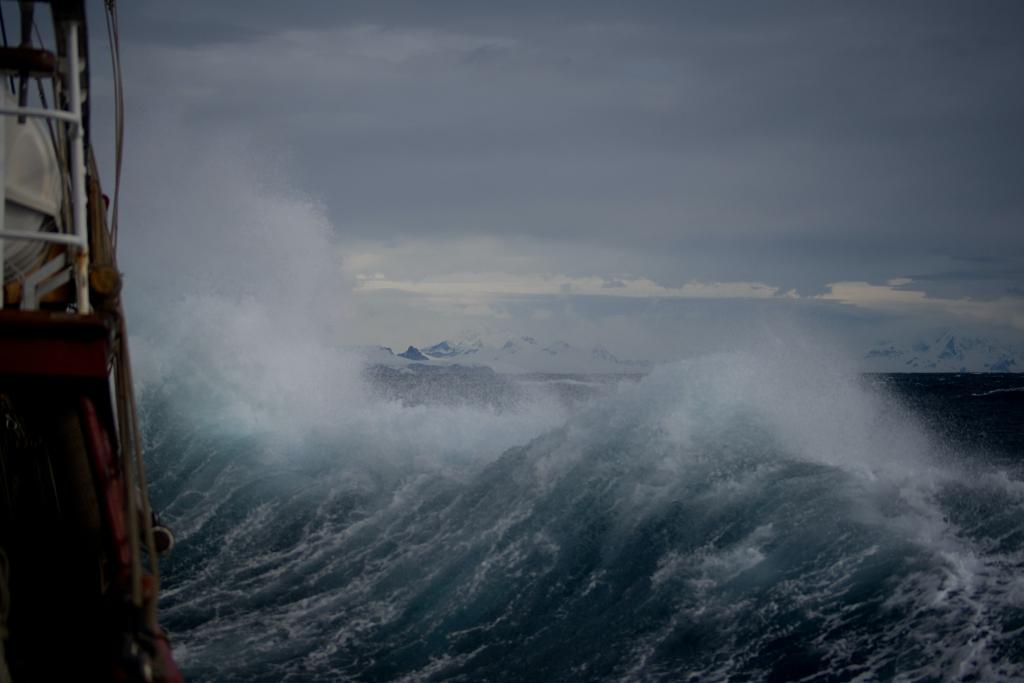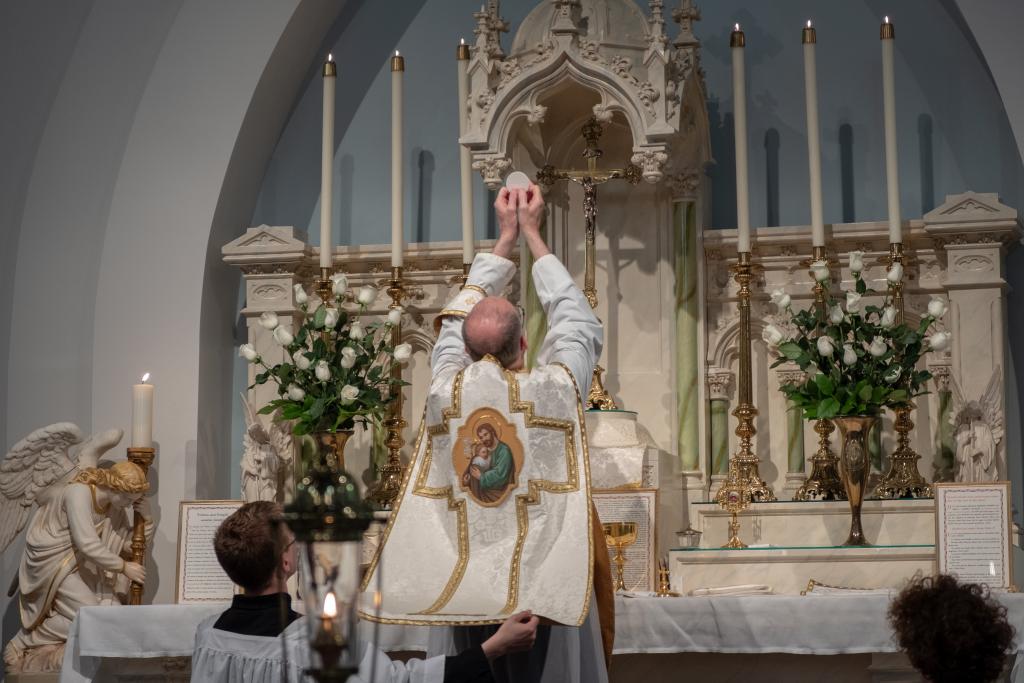
Damien of Molokai has long been one of my favorite Saints. He was a Belgian priest who worked as a missionary in Hawaii. Upon learning that there were no priests and no sacraments available to a colony of lepers, knowing he would never be allowed to return, he moved to the island to serve the people himself. He eventually died of the disease, earning him the status of a “martyr of charity.” Last week, Representative Alexandra Ocasio-Cortez caused an uproar among Catholics when she posted an Instagram Story which seemed to accuse St. Damien of being a White Supremecist and a Colonizer. (This isn’t exactly what she said, but for our purposes that’s frankly less important.)
Not surprisingly, Catholics (especially Hawaiian Catholics) rushed to St. Damien’s defense. Bishop Robert Barron called her comments “crazy and outrageous.” But the defense of St. Damien of Molokai betrayed a frustrating conflation: Catholics seemed to think that defending Fr. Damien was the same as defending the Church. But Fr. Damien is only a Saint because he acted so differently from the Church hierarchy. If anything, his life is evidence of just how harmful colonialism was and how pervasive White Supremacy is.
Sitting with the Discomfort of History
White Catholics tend to be more outraged by the accusation of White Supremacy than they are by White Supremacy itself. Call me racist and I’ll become enraged. Show me racism and I’ll make excuses.
In his masterpiece novel Silence, Shusaku Endo tells the story of the persecution and eventual apostasy of a group of Portuguese missionaries in Japan. (There is also a film adaptation directed by Martin Scorsese.) The novel depicts the horrors of the Christian persecution in Japan and the complex moral questions surrounding their apostasy. But it captures another important narrative: the disdain the missionaries feel for the Japanese people. Fr. Ferreira grieves his “his inability to love these people” and describes them as “miserable and corrupt.” Worse, the priests justify their own apostasy by asserting the Japanese were never really capable of understanding Christianity in the first place.
Shusaku Endo’s writing captures the complex relationship that many BIPOC Catholics have with Church history. He understands that the missionaries didn’t see his people as fully human. He mourns how they were discredited and underestimated, even as they withstood the tortures the priests could not. At the same time, he is grateful that missionaries brought the faith to his country. He commends their bravery in the face of persecution, and empathizes with their failures. There is a whole muddy stew here, and it is all Church history. It’s ugly and painful, but it’s true. White Catholics would do well to practice sitting with discomfort. It’s something our brothers and sisters in Christ must do all the time. The same goes for the people of Hawaii.
White Supremacy and The Church Today
Catholic Online‘s biography of St. Damien includes the following description of the Hawaiian leper colony:
Anarchy reigned among the people living there. Many patients required treatment but had nobody to care for them. Other patients took to drinking and became severe alcoholics. Every kind of immorality and misbehavior was on display in the lawless colony. There was no law or order.
This description feels frighteningly similar to the way the missionaries in Silence refer to the Japanese people. But this description exists on a contemporary website. How can we honestly claim that White Supremacy isn’t on display when we refer to our fellow Catholics in this manner? These were human beings abandoned on an island to die. Why are we calling them immoral if not to set up a White Savior interpretation of Fr. Damien’s story? This is exactly what the Catholic Online site does. According to them, Fr. Damien, the White Man, came and met the Savages and made them Good. This is absolutely a White Supremacist narrative and it’s absolutely using Fr. Damien as a symbol of oppression. But it’s also absolutely false.
Damien of Molokai, a Different Kind of Missionary
In Simcha Fisher’s lovely essay Was Fr. Damien of Moloka’i a White Savior? she writes:
Fr. Damien was so beloved not because of some supernatural ability to appear from on high and single-handedly transform a people, but from a willingness to work and live with them, learn their language, eat their food, and even contract their disease. His mission wasn’t to bestow salvation on them, but to help restore them to a life of dignity that they had been denied.
In contemporary parlance, Fr. Damien of Molokai divested himself of his White privilege. His superiors looked down on him, called him disgusting and dirty. His family thought he had lost his mind. But he was doing the work of Christ, loving others and living among those whom society had rejected.
Fr. Damien was not a White Supremacist, but his life does not absolve the Church of White Supremacy. If anything, it puts us all on notice. The way we choose to tell his story can either combat or support a White Supremacist narrative. Fr. Damien did not deny the existence of racial hatred or the ill effects of colonialism. To the contrary, he believed in them so much that he completely changed his life in order to correct its ills. He was an absolute radical in the fight for human dignity.
Defend Damien of Molokai all you want, but the best way to do so is to imitate him.




